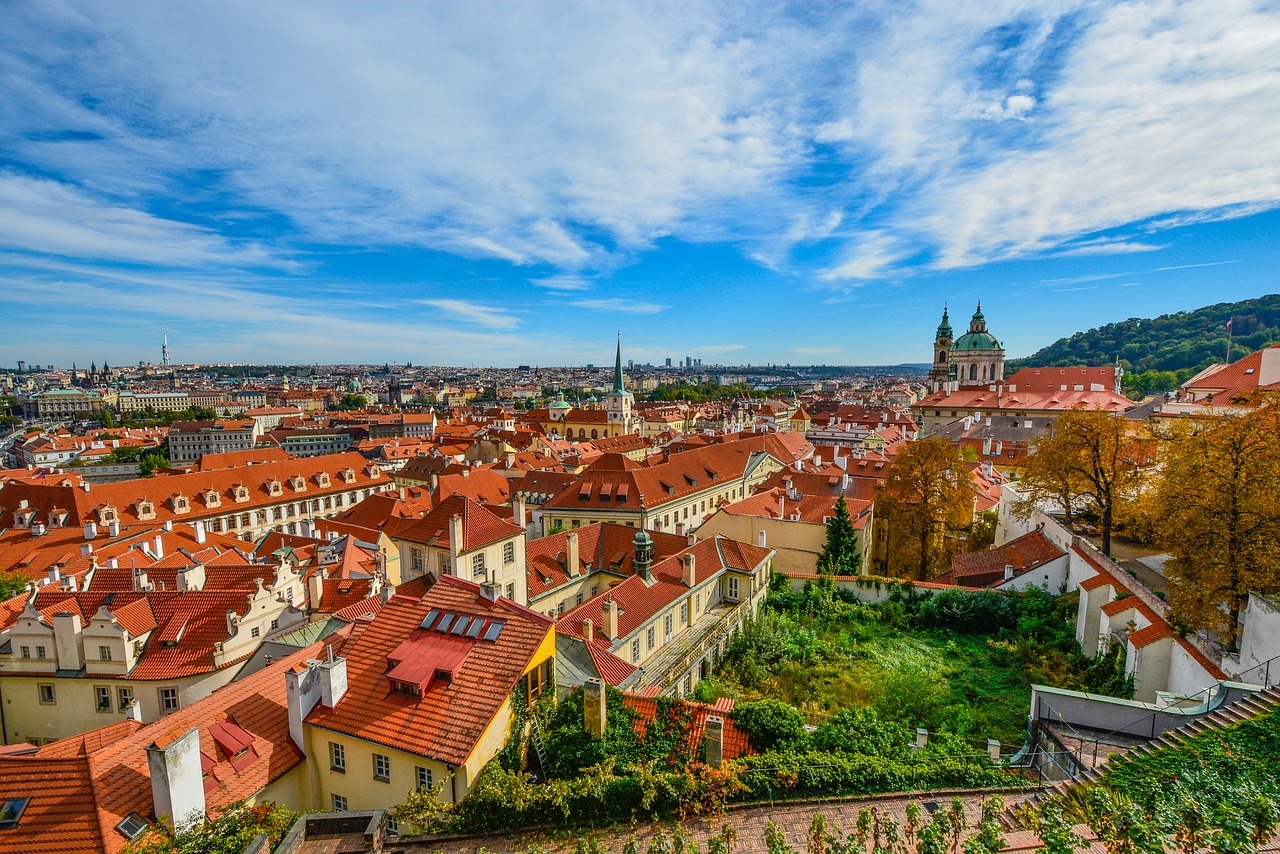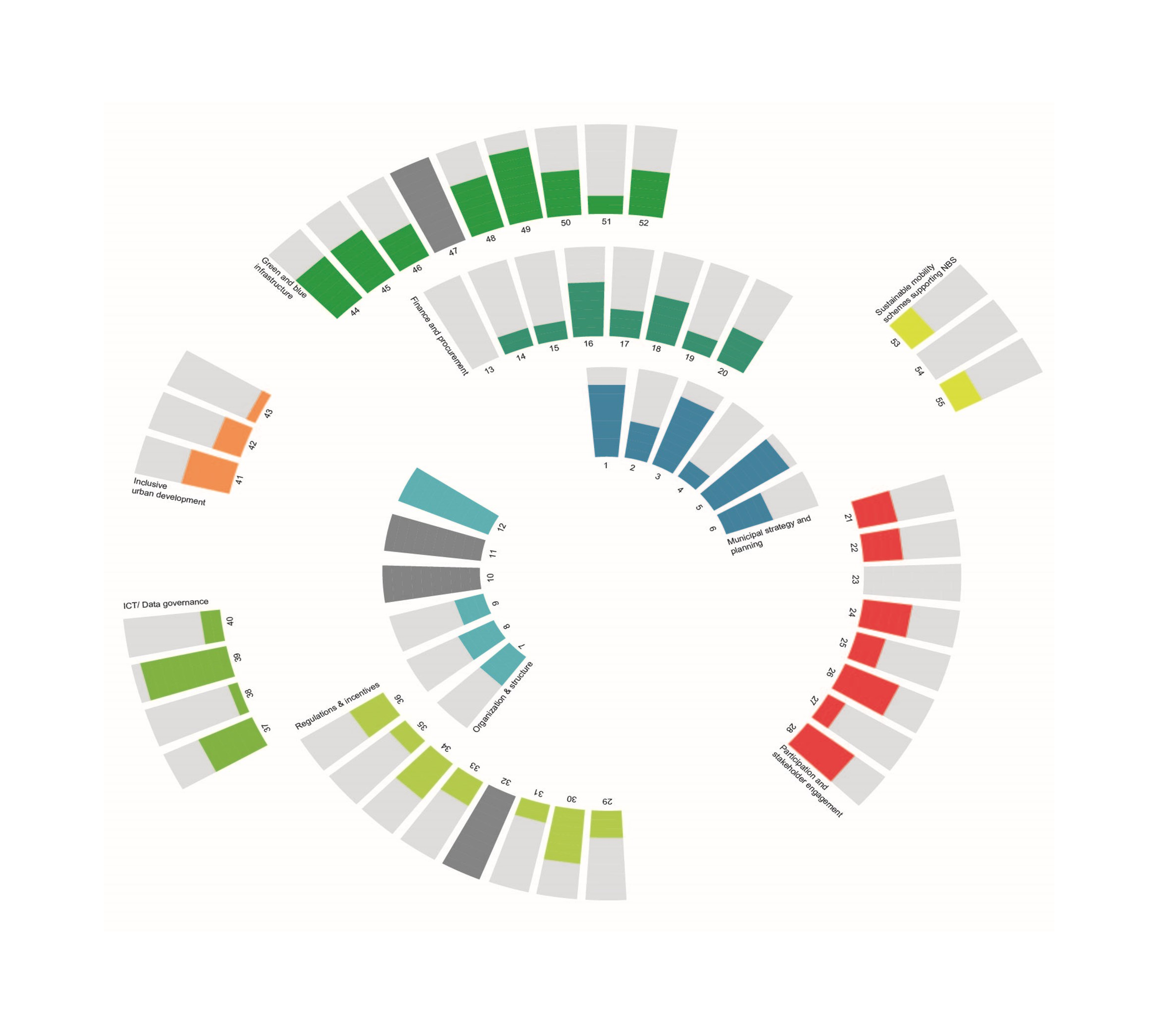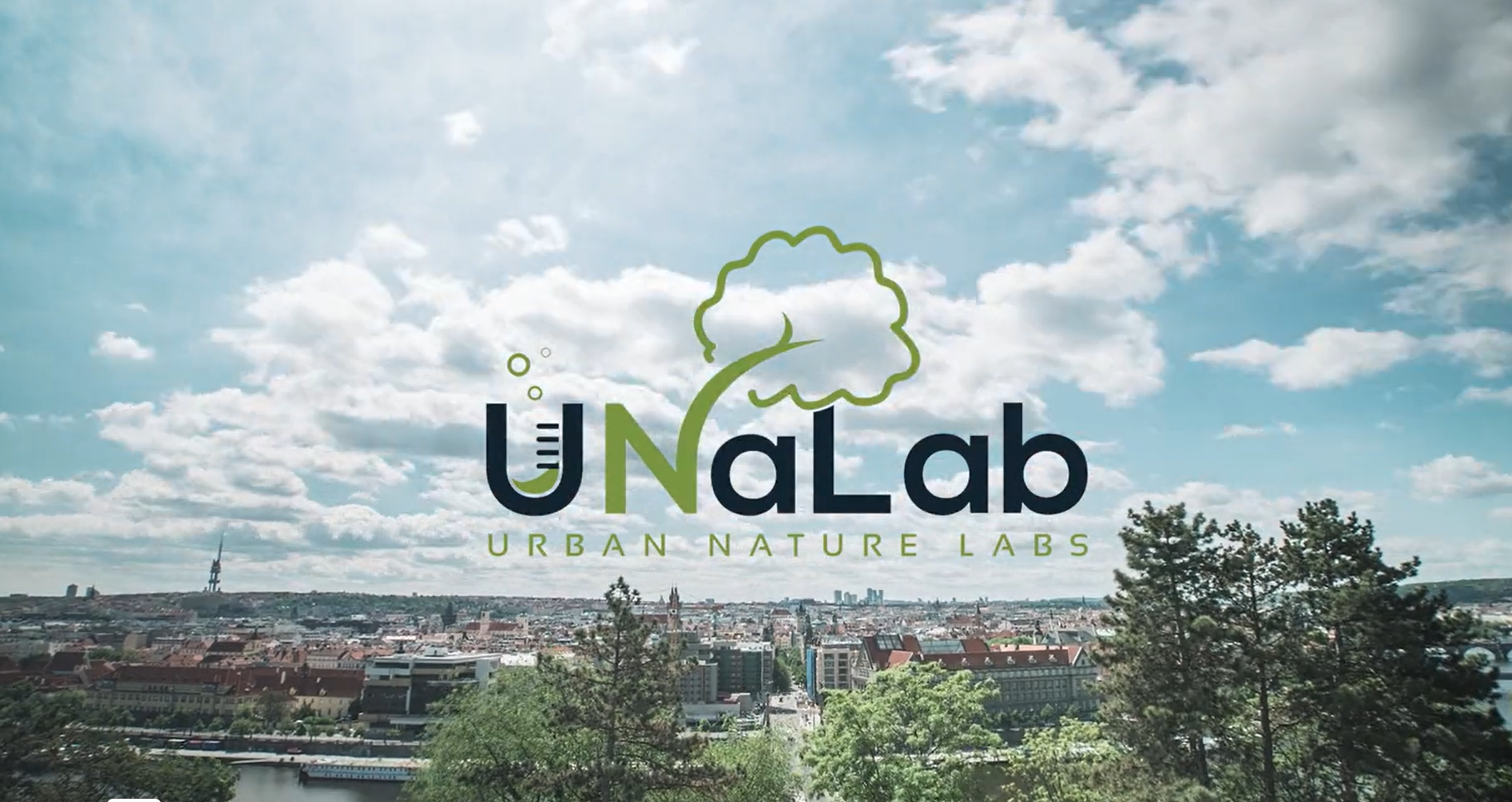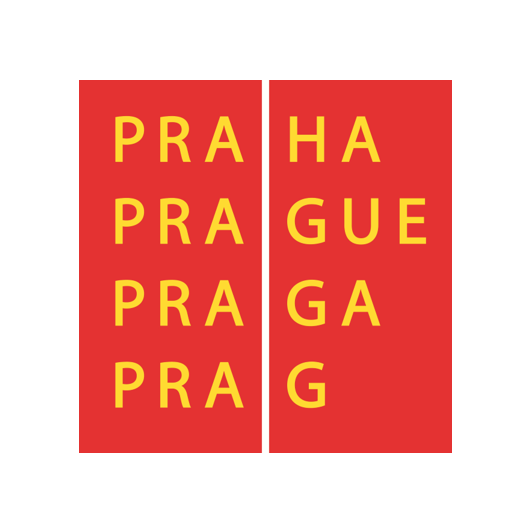About Prague
Prague is the capital and largest city in the Czech Republic and also the 14th largest city in the European Union. The City of Prague has a population of around 1.27 million people. Another 300,000-400,000 people commute to Prague every day for work, studies, treatment or tourism. Prague concentrates approximately 12% of the Czech population and the territory of the city generates approximately a quarter of the national gross domestic product. About 80% of the total workforce in Prague is employed in the tertiary economic sector, which generates 80% of added value. Major universities and a number of research institutes (2/3 of public research institutions) are to be found in Prague, as well as the majority of businesses active in research and development.
The city is facing numerous climate and water related urban challenges, such as densification, biodiversity loss, flooding and pollution. The primary concerns in Prague are stormwater management and urban air quality, which the city aims to address by implementing nature-based solutions to enhance the number of and extend existing green spaces and improve water filtration.
Prague's vision for 2050 is to have a high-quality green infrastructure, which is interconnected and provides multiple ecosystem services. Water bodies will be used for both recreation and sustainable water management. Through a smart combination of technology and nature-based solutions, the city is flexible to adapt to the climate and changing circumstances. Smart planning and design are applied at all levels, to adapt to local circumstances and to allow flexibility over time.

Ambitions, Vision & System Analysis

Ambition Setting
An ambition workshop, which included several sessions with policy makers, strategy departments and internal and external stakeholders, was held to obtain a thorough understanding of the city’s ambitions and specific contexts. The result of the ambition workshop was a set of strategic ambitions for the city.

Vision Development
The vision workshop included several sessions with internal and external stakeholders to define and visualise the desired future for the city. Building on the strategic ambitions, a vision of the desired future scenario for the city in 2050 was developed.

System Analysis
To understand the status quo as a point of departure towards achieving the city’s desired future vision, a systems assessment was conducted to assess the city’s sustainability performance and to support the development of projects to strengthen sustainability and resilience in the city. The analysis also mapped potential stakeholders to help support the roadmapping development process, as well as identified potential sites for NBS implementation.
Ambitions of Prague for 2050

Watch follower city Prague present the ambitions for the city on climate and water resilience and nature-based solutions for 2050.
Presenter: Monika Uhlenbruch, IPR Prague


